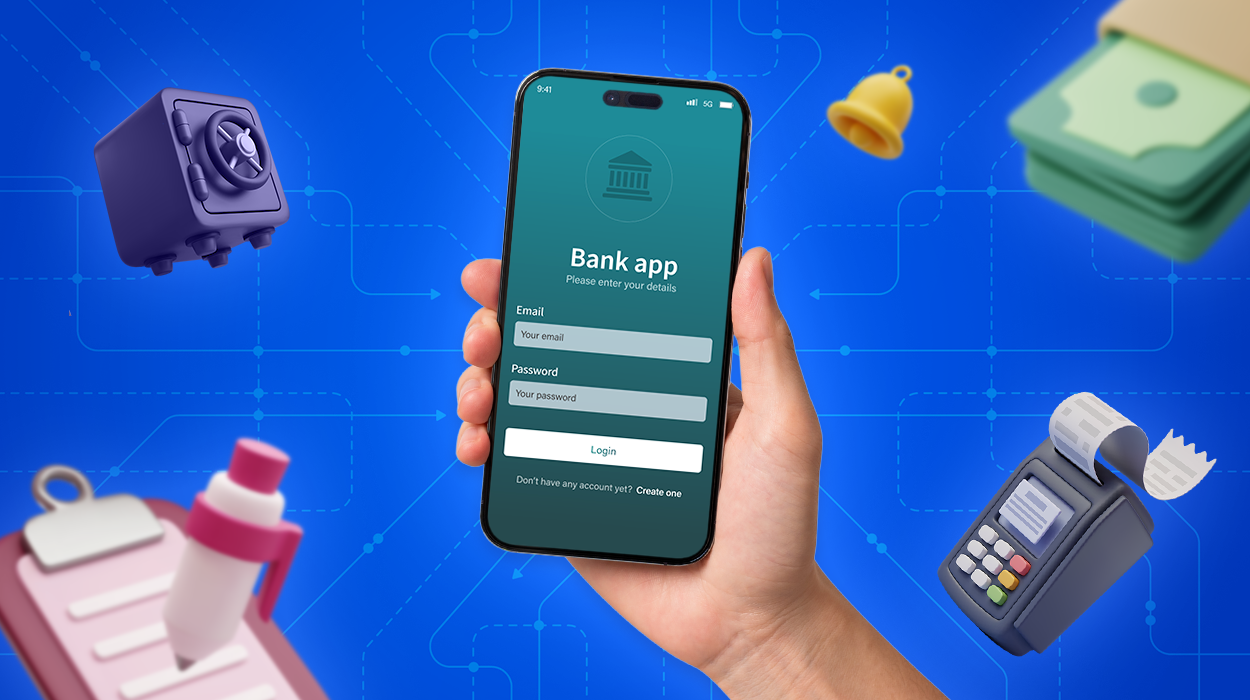Here’s the thing – Filipino audiences are spending over 4 hours daily on social media, and they remember 95% of video content versus just 10% of text. That’s a massive opportunity you can’t afford to waste on the wrong animation style.
Let’s break down the five key factors that will help you make the right call for your brand.
1. Match your budget to your goals (not the other way around)
Before you fall in love with that sleek 3D concept, let’s talk numbers. 2D animation typically costs 30-50% less than 3D and delivers faster. But that doesn’t automatically make it the winner.
If you need regular social media content – think weekly posts, ongoing campaigns – 2D gives you more bang for your buck. It’s also faster to create, which means you can respond to trends and opportunities in real-time. You can produce consistent content without breaking the bank. But if you’re launching a flagship product or creating a one-time brand film that needs to wow investors, the investment in 3D might be worth every peso.
Ask yourself: Is this a sprint or a marathon? Regular content needs sustainability. Big moments might justify bigger budgets.
2. Know where your content will be published
Your animation might look stunning on a 4K monitor, but will it translate to a compressed Instagram story? Platform requirements should drive your decision, not follow it.
For TikTok, Facebook, and Instagram, where most Filipino brands publish their content – 2D animation works beautifully. It loads faster, compresses better, and still packs a visual punch. These platforms favor quick, snackable content that 2D delivers efficiently.
But if you’re creating content for LinkedIn, corporate websites, or investor presentations, 3D’s premium feel might be exactly what you need. The higher production value signals professionalism and attention to detail that B2B audiences expect.
3. Consider your story’s complexity
Not all messages are created equal. Some need emotional connection, others need technical precision.
2D animation excels at abstract concepts and emotional storytelling. Think about explaining company values, sharing customer success stories, or simplifying complex services. The artistic flexibility lets you create unique visual metaphors that stick with viewers.
3D shines when you need to show, not just tell. Product demonstrations, architectural walkthroughs, or technical processes benefit from 3D’s ability to rotate, zoom, and explore from every angle. If your audience needs to understand how something works, 3D removes the guesswork.
4. Think beyond the first campaign
Here’s something most agencies won’t tell you upfront: reusability matters. A lot.
2D animation elements can be repurposed into infographics, social media graphics, and presentation slides. That animated character from your video? It becomes your email header. Those motion graphics? Perfect for your Instagram stories.
3D models offer different advantages. Once created, you can update products, change colors, or view from new angles without starting from scratch. For brands with evolving product lines, this flexibility pays dividends over time.
5. Read your audience’s preferences
Filipino audiences have distinct preferences that smart brands recognize. They value authenticity over perfection, emotion over technical specs.
2D animation’s approachable, artistic style often resonates better with consumer brands targeting younger demographics or lifestyle segments. It feels personal, creative, and accessible.
3D animation commands attention in B2B settings or industries where precision matters – real estate, automotive, technology. Realism builds trust when accuracy is non-negotiable.
Test your assumptions. Run A/B tests with sample audiences or check the performance stats from your previous videos. What works for your competitor might not work for you.
Making the decision that moves your brand forward
The debate between 2D and 3D animation styles isn’t about which is “better”. It’s about which serves your specific goals, audience, and resources. The most successful Philippine brands don’t just follow trends; they make intentional, strategic choices.
Here’s how you can, too.
Start by answering these questions:
- What’s my content frequency and budget reality?
- Where will my audience primarily see this?
- Am I selling emotion or demonstrating function?
- How can I maximize long-term value?
- What does my audience actually respond to?
Once you’ve answered these, run through this quick checklist:
Choose 2D when:
- Your message focuses on emotions or abstract ideas
- You need quick turnaround times
- Your audience consumes content on mainly on mobile
- You want a warm, approachable brand feel
- You’ll need frequent content updates
Choose 3D when:
- You’re showcasing physical products or spaces
- Technical accuracy is crucial
- You want to create immersive experiences
- Your brand needs to signal innovation
- You can repurpose assets across multiple channels
Remember: the best animation is the one that gets watched, shared, and remembered. Everything else is just pretty pictures.
Ready to bring your brand story to life through animation? M2.0 Communications specializes in crafting compelling narratives that connect with various audiences. From strategy to execution, we’ll help you choose the right animation approach. Get in touch to explore how animation can transform your brand communications.



